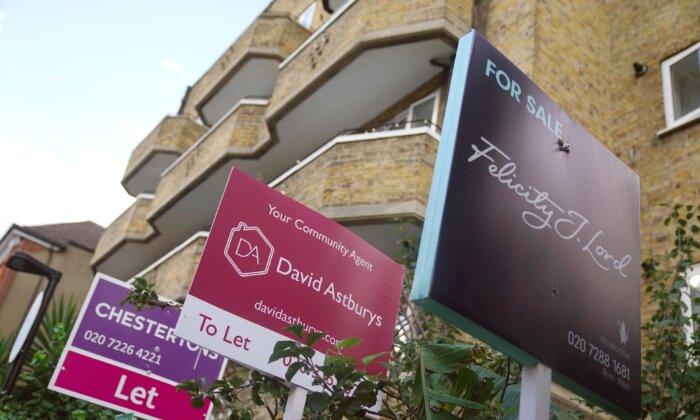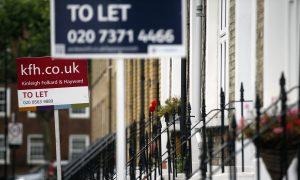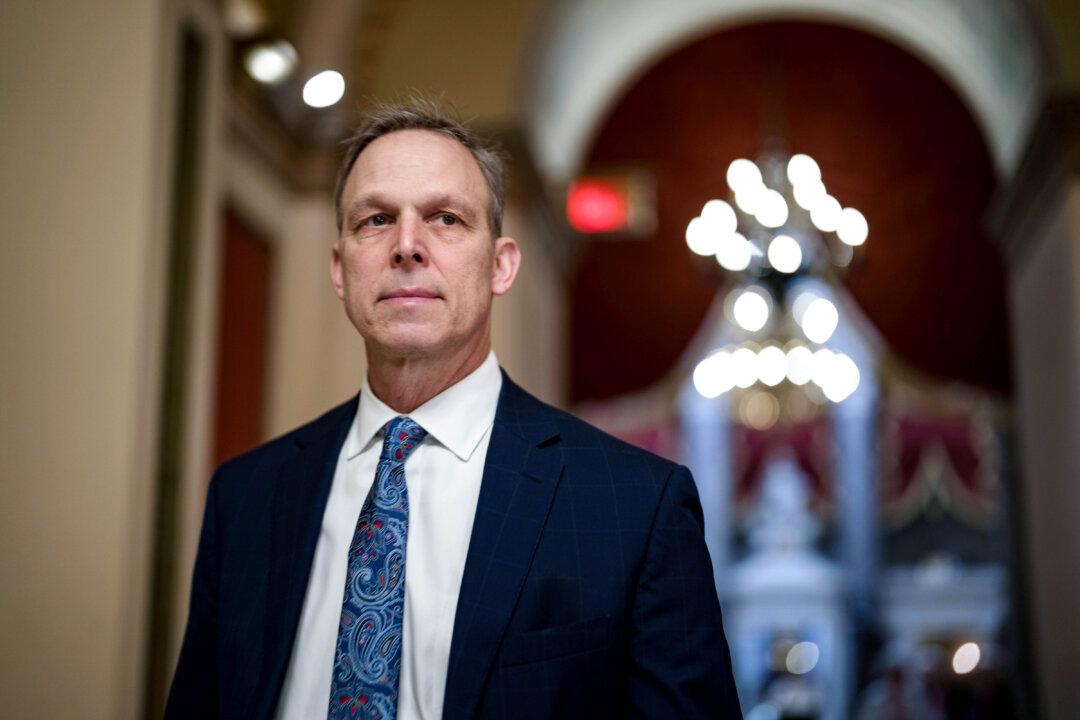The tide has begun to turn in the rental market with the new lets inflation rate set to halve in 2024, according to Zoopla.
The property website’s tracker shows that the annual rental growth rate for new lets has dropped to 9.7 percent in December, down from 11.9 percent a year ago.
It came after rent prices went up by almost a third in the past three years, owing to “a chronic shortage of supply.”
However, the ongoing lack of supply will keep rents rising across the UK, and the pace is projected to be faster than expected wage growth.
Zoopla said the prices of new lets have reached the limit of what renters can afford.
In London, one in ten listings reduced the asking price by 5 percent or more to attract renters in November.
Outside of London, 7 percent of listings reduced the asking price by 5 percent or more, the highest for more than five years.
The supply-demand re-balancing is expected to showdown new lets rent inflation across the UK, with Scotland being an exception, largely because landlords are only allowed to increase rents by 3 percent during a tenancy.
According to Zoopla’s projection, the inflation rate of new lets will drop to 5 percent by December 2024.
In the past three years, average rent prices have increased by around a third, or £3,360 a year.
London, which saw a much bigger jump in rent prices, will also lead to the slowing down of rent growth.
The capital’s new let prices grew by 9 percent in the year ending December 2023, down from 17 percent in the year ending December 2022.
Zoopla said the rate is projected to be 2 percent in Dec. 2024.
In Scotland, rental growth is continuing to gain momentum, Zoopla said. The prices went of by 12.9 percent, compared to 11.3 percent a year ago.
Richard Donnell, executive director at Zoopla, said while the supply-demand imbalance in rented housing is “not going to disappear in 2024,” the situation will improve in the coming year.
“The rental market has been stuck in a period of static supply and strong demand, which has pushed rents higher,” he said.
“Demand has been driven by the strength of the labour market, the re-opening of the economy after the pandemic lockdowns, record immigration, and higher mortgage rates making it harder for would-be first-time buyers to buy a home. Faster growth in earnings has supported a faster pace of rental growth.”
Mr. Donnell said a slowdown next year will be “down to a weaker labour market, slower earnings growth and growing affordability pressures limiting the pace at which rents can rise, particularly in southern England.
“Rents have room to rise above the UK average in regional cities where affordability is less of a constraint, but this won’t be the case indefinitely,” he added.
According to Zoopla’s data, the cheapest place to rent is in Hartlepool in the North East, where the average rent is £516 a month.
London is the most expensive place to rent, where the lowest average price is in Bexley, at £1,513 a month.
According to a recent analysis by the Centre for Policy Studies think tank, England has under-built 1.34 million homes in the past decade to cope with the housing demand.
Meanwhile, the supply of rental homes in the UK has remained stagnant since 2016.
The increasing cost for landlords, including higher mortgage rates, means the market has not been attracting new landlords despite soaring rent prices.







